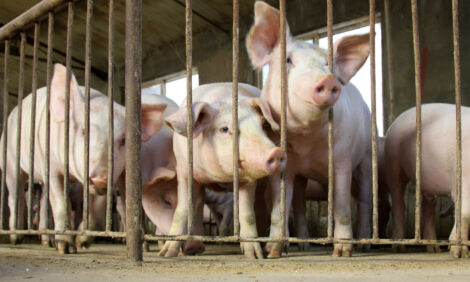



EFSA highlights latest developments on African swine fever in Europe
EFSA has published an update on the epidemiological situation of African swine fever (ASF) in EuropeIn the latest report, experts assess the effectiveness of different measures that can be taken when a case of ASF is detected in an area that was previously disease-free and is far from affected areas.
Using a simulation model, they concluded that early detection coupled with the application of measures such as quick removal of carcasses and intensive hunting in the specially designated hunting areas increases the probability of eradication.
They also observed seasonal peaks in the numbers of animals that tested positive and were found dead – summer and winter for wild boar and summer for domestic pigs.
The report calls for more research to understand the causes of the introduction of ASF in pig holdings and how this can be prevented. It also recommends control options for different scenarios such as in non-affected areas close to or far away from affected areas or where the disease has been present for more than one year.
Abstract
This update on the African swine fever (ASF) outbreaks in the EU demonstrated that out of all tested wild boar found dead, the proportion of positive samples peaked in winter and summer. For domestic pigs only, a summer peak was evident. Despite the existence of several plausible factors that could result in the observed seasonality, there is no evidence to prove causality.
Wild boar density was the most influential risk factor for the occurrence of ASF in wild boar. In the vast majority of introductions in domestic pig holdings, direct contact with infected domestic pigs or wild boar was excluded as the route of introduction.
The implementation of emergency measures in the wild boar management zones following a focal ASF introduction was evaluated. As a sole control strategy, intensive hunting around the buffer area might not always be sufficient to eradicate ASF. However, the probability of eradication success is increased after adding quick and safe carcass removal.
A wider buffer area leads to a higher success probability; however it implies a larger intensive hunting area and the need for more animals to be hunted. If carcass removal and intensive hunting are effectively implemented, fencing is more useful for delineating zones, rather than adding substantially to control efficacy. However, segments of fencing will be particularly useful in those areas where carcass removal or intensive hunting is difficult to implement.
It was not possible to demonstrate an effect of natural barriers on ASF spread. Human‐mediated translocation may override any effect of natural barriers. Recommendations for ASF control in four different epidemiological scenarios are presented.








